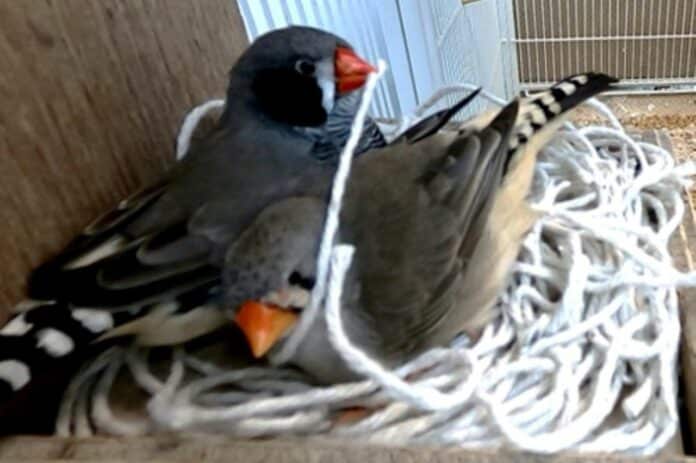Bristol and St Andrews University researchers used random forest models to estimate nest components for over 6,000 bird species. A team of researchers from the Universities of Bristol and St Andrews utilized random forest models, a type of machine learning technology, to examine data from bird beaks and predict what nest materials each species may use.
They discovered a significant relationship between beak form and size, with 60% of species showing extensive nest material use and 97% in some situations.
The findings, published in the journal Philosophical Transactions of the Royal Society B, look into these links’ ecological and evolutionary context. The study’s primary author, Dr. Catherine Sheard, expressed excitement about the potential applications of the findings to research how beak morphology may have co-evolved with other aspects of nest formation or other jobs.
Dr Catherine Sheard of Bristol’s School of Earth Sciences.“We know a lot about primate hands, but not so much about how other animals use their limbs and mouths to manipulate objects We are thrilled about the possible uses of our results, which will allow us to investigate further how beak form may have evolved in tandem with other aspects of nest construction or other tasks.”
Dr. Shoko Sugasawa, the study’s principal author, emphasized that while most animals, including birds, do not have hands like ours, manipulating objects like nest material and food is an important aspect of their life.
Their discovery is the first step towards revealing possible links between the evolution of beaks and manipulation, such as nest building. It contributes to our understanding of how animals evolved to interact with the world with or without hands.
The team is now beginning a study to document anthropogenic nest material among the world’s birds to understand better which sorts of birds, particularly urban-dwelling birds, use human-made material in their nests.
The researchers from the University of Bristol are particularly interested in the relationship between beak form and other nest features, such as whether birds build nests with walls or roofs.
Journal Reference:
- Catherine Sheard, Sally E. Street, et al. Beak shape and nest material use in birds. Philosophical Transactions of the Royal Society B.
